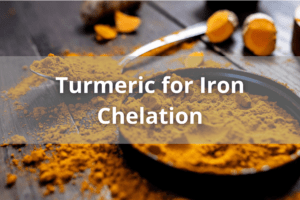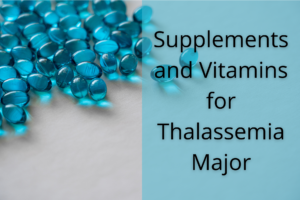Key Takeaways:
- ✔️ Fatigue and bronze skin may signal iron overload – a critical concern for thalassemia major patients.
- ✔️ Regular blood transfusions dramatically increase iron storage risks.
- ✔️ Early detection through ferritin tests can prevent heart/liver damage.
Iron Overload: A Silent Threat (Double Risk for Thalassemia Major)
If you or a loved one has thalassemia major, you already know about blood transfusions. But here’s what often goes unnoticed:
“Every transfusion deposits extra iron—with no natural way for the body to remove it.”
Over time, this leads to iron overload (hemosiderosis), which can harm your:
- Heart (leading cause of death in thalassemia)
- Liver (fibrosis/cirrhosis risk)
- Pancreas (diabetes)
Let’s uncover the warning signs every thalassemia patient should recognize.
7 Warning Signs of Iron Overload
1. Fatigue That Sleep Won’t Fix
- Thalassemia Link: Even with transfusions, iron-heavy blood can’t deliver oxygen efficiently.
2. Arrhythmias or Heart Palpitations
- Danger Zone: Iron deposits in the heart muscle (cardiomyopathy) are common in transfusion-dependent patients.
3. Joint Pain (Especially Knees/Hands)
- Unique Clue: Thalassemia patients often report pain 2-3 days post-transfusion as iron redistributes.
4. Abdominal Swelling/Pain
- Liver Alert: 75% of thalassemia major patients develop liver iron overload by age 20.
5. Stunted Growth (in Children)
- Sad Reality: Iron overload + anemia disrupt growth hormones.
6. Darkened Skin Tone
- Called “Bronzing”: More pronounced in thalassemia vs. genetic hemochromatosis.
7. Rising Blood Sugar Levels
- Pancreas Damage: 1 in 3 thalassemia patients develop diabetes by age 35.
According to the National Institutes of Health (NIH), iron overload is the most common complication for transfusion-dependent thalassemia patients.
Special Considerations for Thalassemia Major
Why Transfusions Make Iron Worse
- Each unit of blood contains 200-250mg of iron (your body can’t excrete the excess).
- Without chelation therapy, iron accumulates 10x faster than in genetic hemochromatosis.
When to Sound the Alarm
- Ferritin >1,000 ng/mL = immediate chelation needed.
- Annual MRI T2* testing for liver/heart iron concentration.
What Thalassemia Patients Can Do
1. Medical Essentials
- Chelation Therapy: Deferoxamine (IV or subcutaneous), Deferasirox (oral), or Deferiprone.
- Monitor: Ferritin every 3 months, cardiac MRI yearly.
2. Natural Support (Alongside Treatment)
- Turmeric: Curcumin may mildly chelate iron.
- Green Tea: EGCG reduces iron absorption (drink after meals).
- Avoid: Vitamin C supplements (boosts iron uptake 300%).
💡 Pro Tip:
“Time chelators carefully—take Deferasirox 2 hours before IP6 or turmeric to avoid interference.”
FAQs for Thalassemia Families
“Can thalassemia minor cause iron overload?”
Rarely—only if combined with other factors (alcoholism, hepatitis).
“How often should transfused patients check ferritin?”
Every 3 months if on chelation, monthly if levels are unstable.
“Are natural chelators enough?”
No—they support but don’t replace medical chelation for thalassemia major.
Final Thought
For thalassemia warriors, iron overload isn’t an “if” but a “when.” Recognizing early signs + strict chelation is the difference between survival and organ failure.
Parents: Track your child’s energy, growth, and heart health closely.
Adults: Don’t ignore new joint pain or fatigue—get ferritin checked ASAP.
🌿 For More: See our guide to Supplements for Lowering Iron.



